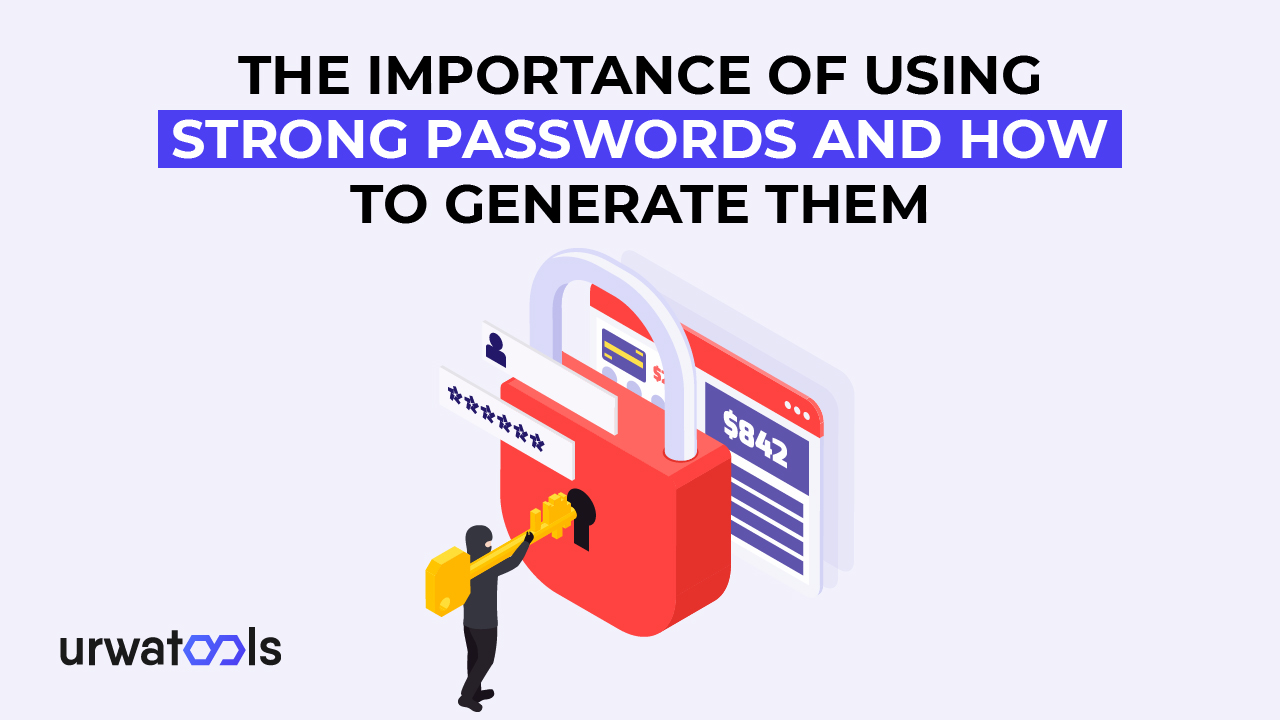Introduction to QR codes
Businesses in a digitally driven environment continuously seek creative methods to engage consumers. QR codes, or Fast Response codes, are a simple and effective solution. They are two-dimensional barcodes scanned with smartphones or devices with QR code readers. These codes can contain various information, including website URLs, contact information, product descriptions, and more.
What is a QR code?
QR codes are matrix barcodes of black squares on a white background. When scanned, the code decoding gives the user quick access to the information. QR codes hold critical data, making them useful tools for enterprises of all sizes.
Benefits of QR codes for businesses
QR codes offer numerous advantages for businesses looking to enhance marketing efforts and improve customer experiences. Here are some key benefits:
1. Increased engagement: QR codes connect offline and online interactions, allowing businesses to give their target audience more information and engaging content.
2. Quick access to information: QR codes reduce manual data entry, allowing users to browse websites, download apps, join mailing lists, and much more with a single scan.
3. Trackable marketing campaigns: Businesses may use QR codes to track and assess marketing initiatives. This information aids in the optimization of plans and client preferences knowledge.
4. Low-cost marketing: QR codes are a low-cost and diverse marketing option. They can be presented digitally or printed on different marketing materials such as posters, flyers, and packaging.
5. Increased brand awareness: Integrating QR codes into marketing materials can generate curiosity and brand recognition. They provide an opportunity for businesses to stand out from the competition.
Understanding QR code generators
There should be a QR code generated to create a QR code. These online tools simplify QR code generation. When choosing a QR code generator, consider the following factors:
1. Reliability: Choose a respected QR code generator with positive user reviews and a record of producing dependable codes.
2. Customization options: Look for a generator that lets you change your QR code design to match your brand'sbrand's identity.
3. Scalability: Make sure the QR code generator can handle multiple types of QR codes and a high volume of scans without sacrificing efficiency.
4. Analytics and tracking: Select a generator with analytics and tracking options to monitor the performance of your QR codes.
A step-by-step guide to creating a QR code for your business
Follow the process to create a QR code tailored to your business needs:
1. Selecting the Best QR Code Generator
Begin by picking a QR code generator that suits your needs regarding dependability, customization options, scalability, and analytics.
2. Choosing a QR code type
Choose a QR code that corresponds to your company goals. Website URLs, text, vCard, email, and social media QR codes are common.
3. Make your QR code unique
Add colors, logos, or pictures representing your brand to your QR code. This personalization enhances the aesthetic appeal and brand identification.
4. Include pertinent facts
Determine what information you wish to save on the QR code. Include pertinent facts, including your website URL, contact information, product information, or a special offer.
5. Testing the QR code
Before distributing your QR code, test it thoroughly to ensure it works as expected. Use different devices and QR code readers to scan and validate its functionality.
Best practices for using QR codes effectively
To maximize QR codes effectiveness in your marketing campaigns, consider the following best practices:
Putting QR codes at key places
Place QR codes where your target audience may see and use them. Storefront windows, product packaging, marketing materials, and internet platforms are ideal placements.
Giving specific directions
Provide explicit information on how to scan QR codes. Include concise, user-friendly instructions to help consumers through the procedure and promote participation.
Tracking and analyzing QR code performance
Track the performance of your QR codes with the analytics tools provided by QR code producers. Track scans, conversions, and other analytics to gain vital insights into your campaigns.
I update the QR codes.
If your QR code information changes, update it promptly to prevent potential confusion or outdated content. Ensure your QR codes provide relevant and accurate information.
Integrating QR codes into different marketing strategies
QR codes can integrate into various marketing strategies to enhance customer experiences and drive engagement. Consider the following approaches:
Advertising and print media
Print media, such as posters, flyers, magazine ads, and billboards, should include QR codes. Advertising and print media allow users to access further information or promotional offers conveniently.
Packaging of a product
Embed QR codes on product packaging gives users quick access to product information, customer reviews, and user manuals. Packaging of a product has the potential to improve the entire product experience.
Brochures and business cards
Use QR codes on business cards and brochures to make it simple for recipients to interact with you online, visit your website, or store your contact information.
Digital marketing channels
Use QR codes in digital marketing initiatives such as social media campaigns, email newsletters, and website promotions. Digital marketing channels encourage people to interact with your brand further.
QR codes and mobile applications
With smartphones becoming increasingly common, incorporating QR codes into mobile apps might open up even more possibilities. Consider the following benefits.
Mobile device scanning QR codes
Smartphones with QR code scanners enable users to scan codes without extra gear. Mobile device scanning QR codes improves access and convenience.
The Advantages of QR Codes in Mobile Apps
Businesses may give personalized experiences, track user interactions, and send tailored information based on scan data by integrating QR codes into mobile apps.
Considerations for security with QR codes
While QR codes provide convenience and variety, security considerations must be considered to secure your business and users. Remember the following points:
Authenticating QR codes
Be cautious when scanning QR codes from unknown or untrusted sources. Ensure that the QR codes you create and distribute are legitimate and not tampered with.
Protecting sensitive information
Avoid directly encoding sensitive information into QR codes, such as passwords or financial details. Instead, link to secure websites or platforms where users can input such information securely.
Educating users about potential risks
Make your customers aware of potential QR code scams, such as malicious codes or phishing attempts. Educate them about safe scanning practices and advise them to use trusted QR code readers.
Examples of successful QR code campaigns
To inspire your QR code implementation, here are some notable examples of successful QR code campaigns:
1. QR codes on menus provide detailed nutritional information, allergen warnings, and links to online reservations or reviews.
2. An e-commerce store utilizes QR codes on product packaging to enable customers to quickly reorder products, access loyalty rewards, or receive exclusive discounts.
3. A museum incorporates QR codes on exhibit placards, allowing visitors to access additional information, audio guides, or interactive content about artwork or artifacts.
Conclusion
QR codes are powerful tools that benefit organizations. You may design customized QR codes matched to your company's-company's aims by following the step-by-step approach in this article. Remember to follow best practices, monitor performance, and be cautious about security risks. QR codes promote client engagement, improve customer experiences, and drive corporate development.
FAQs
Q1: Does it cost to create a QR code?
A1: Creating a QR code is generally free using online QR code generators. However, some advanced customization options or tracking features may require a premium subscription or additional fees.
Q2: Can QR codes be scanned with any smartphone?
A2: Most modern smartphones have built-in QR code readers, or you can download a QR code scanning app. However, ensuring the device has a functioning camera and a compatible QR code reader is essential.
Q3: Can QR codes be edited or updated after creation?
A3: Some QR code generators allow you to edit or update QR code information even after it has been generated. However, certain changes may require generating a new QR code altogether.
Q4: How long do QR codes last?
A4: QR codes can last indefinitely if properly generated and stored. However, it's advisable to regularly review and update the QR code's information to ensure its relevance and accuracy.
Q5: Are QR codes only used for marketing purposes?
A5: While QR codes are worth marketing, their applications extend beyond that. They can be used for inventory management, ticketing, payments, authentication, and more, making them versatile tools for businesses across various industries.







